5 Effective Activities for Onboarding in High-Turnover Industries
The voluntary quit rate has reached a 17-year high, according to an article published by the Society for Human Resource Management (SHRM). The reasons that employees are leaving vary – everything from better pay and benefits to more supportive management. Regardless of the reason that employees are leaving, one thing is certain: the key to keeping employees is formal strategic onboarding programs.
In a survey from Korn Ferry Futurstep, ninety-eight percent (98) of senior executives feel that onboarding has a positive connection when it comes to employee retention. So, it makes good business sense to take a moment and evaluate the company’s onboarding process. Here are five popular and proven activities that can make a difference:
- Add preboarding. Preboarding is the phase after a candidate accepts the job offer and before they officially become an employee on day one. Preboarding activities can keep candidates engaged and excited about their new role. Onboarding solutions allow companies to send welcome emails and videos, share answers to frequently asked questions, and provide information about required documentation (i.e. Form I-9).
- Make onboarding content “just in time”. The principles of adult learning say that people remember knowledge and skills if they have the ability to use it right after they learn it. Design orientation and onboarding content so it’s taught right before the new employee needs it. This will allow for the effective transfer of learning. And it will keep new hires from being frustrated because they don’t feel connected to the job.
- Create an onboarding Roadmap. This ties into the concept of “just in time”. During orientation, give employees a roadmap that shows them how they will learn about the company and their job. This includes things like employee benefits meetings, goal-setting, and required training. An onboarding roadmap will alleviate any new hire jitters because employees can see that the organization has a well-thought out plan for their job success.
- Include video. Obviously, new employees don’t know many people so using video to convey information serves multiple purposes. It allows the new hire to put a face with name and an email signature. Video also allows people to show with their body language that the company cares about employees. Don’t worry about producing a fancy production. Today’s smartphones film in high definition and will suffice.
- Ask for feedback from new hires. Organizations have a lot of information to give employees during their first few weeks and months on the job. It’s important to get some information from new hires. Plan to check-in with employees regularly to find out how the onboarding process is going. This can be done electronically, in person, or both. The goal is to hear what’s going well and what might need to be addressed (before it gets out of hand).
In today’s competitive recruiting market, every company might feel like they’re experiencing higher than usual turnover. The way to deal with turnover is by making sure employees feel welcome and that the organization is going to help them become successful. That takes place during onboarding.
If you want to learn more about creating a strategic onboarding program, listen to our archived webinar “High-Turnover Organizations: How to Onboard and Engage New Hires”. We talk about ways that organizations can engage new hires. In addition, the session has been approved for recertification credit by the Society for Human Resource Management (SHRM) and the Human Resource Certification Institute (HRCI).



















